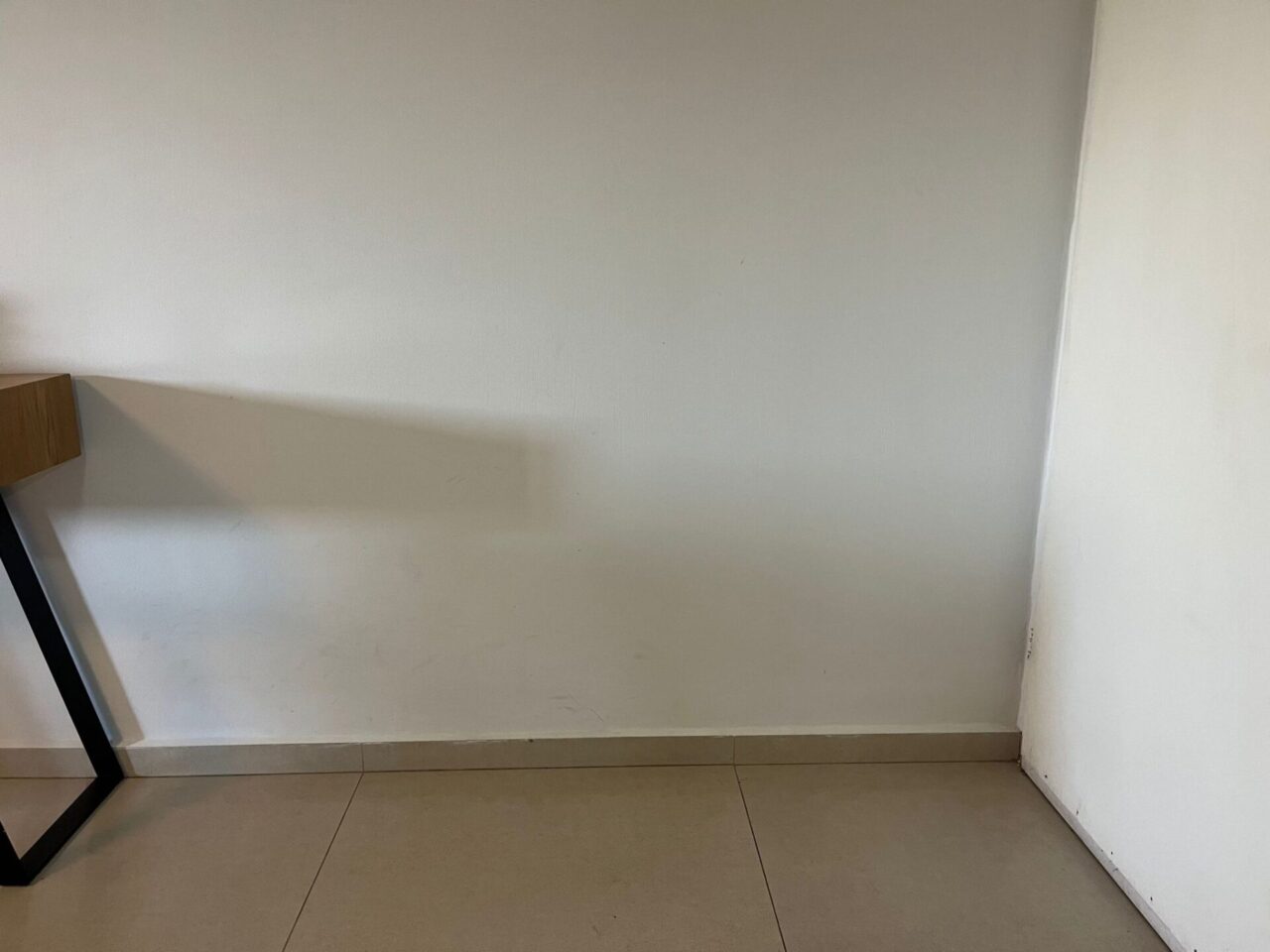Muay Thai can be for everyone. However, training without a coach or someone who has more experience than you can be problematic. The case is, you won’t be able to learn as effectively if you don’t have someone that can fix your mistakes, so you won’t form any bad habits.
While Muay Thai can be self-taught, it’s much better to have a coach or someone more experienced than you teach you the basics. Then, learning the more advanced combinations alone—will be doable. If you’re learning the basics alone, you want to choose a coach you’ll follow until you’re finished learning the basics.
The best free way to get such a coach is through YouTube. However, there are many paid programs where you’ll be able to send actual footage of yourself for review. You’ll then get points to improve upon when you continue. This process is extremely important.
However, let’s assume you chose a coach from YouTube to follow. First of all, that’s fantastic because you’re about to begin one of the hardest and most fulfilling journeys of your life. Hopefully, you’re excited to rock the world!
Anyways, this article will help you teach yourself Muay Thai. Once you’re done reading it, either you take notes or bookmark this article for easy access to this information. Only serious trainees will write things down/bookmark this article so they can ensure they do everything correctly.
Let’s dive in!
Table of Contents
- Can Muay Thai Be Self-Taught?
- How to Teach Yourself Muay Thai (Step-By-Step)
- How Long Will Learning Muay Thai Take?
- Can I Start Muay Thai With No Experience?
- Final Words
Can Muay Thai Be Self-Taught?
Muay Thai, aka Thai Boxing, and “the art of eight limbs”, is one of the most effective martial arts worldwide. It allows you to learn extremely effective techniques, such as punching, kicking, elbowing, kneeing, and clinching. These are all fantastic for self-defense.
However, many people aren’t willing to invest monthly payments into Muay Thai, which makes sense. But, they still want to learn it. This section is going to be all about whether you can teach yourself this martial art.
While Muay Thai can be self-taught, learning with a training partner or a coach will lead to a faster progression rate. For instance, forming bad habits when training alone is more probable than if you were to train with a coach, who watches you and can fix your form.
Eventually, this is much harder when you’re training all by yourself. The thing is, everyone thinks they’re special and that they can learn alone. However, this is typically a lack of experience that convinces you that it’s possible.
So, while this article will teach you how to learn Muay Thai by yourself without forming bad habits, you want to consider attending a few classes, so you can learn the basics quicker. And who knows, you might find the willingness to invest monthly payments into learning this astounding martial art.

To see the true cost of Muay Thai classes, follow this link to see the honest price.
How to Teach Yourself Muay Thai
What we’ll do now is review the steps you need to take to teach yourself Muay Thai. Indeed, it can be self-taught, and this is precisely what we’ll review in this section.
This is perhaps the most important section for you to read and write down if you’re interested in teaching yourself this powerful martial art. Alright. Let’s get straight into step #1.
Step #1 – Clear Up a Training Space
The first step is to clear up space in your home. You must have enough room for you to move around. The best metric you can follow is asking yourself the following question: “Can I throw a spinning back kick and not worry about hitting anything?” If the answer is yes, proceed to the next step.
If it’s not, go ahead and clear up some space, and only then continue to the following step.

Here’s mine. It looks much smaller than in real life, but I promise you that I can kick in any direction without having the fear of hitting anything.
Step #2 – Learn Footwork and the Fighting Stance
Alright. Step #2. It’s now time you learn the proper footwork and master the basic fighting stance. This is the two most important skills for you to master in Thai Boxing. Without them, you’ll never be able to face the higher-skilled fighters.
First, learn the fighting stance. Here’s what I want you to do. Stand up as you normally would. Take your dominant-sided back and turn it outward at a 45-degree angle. You want the distance between your feet to be shoulder-width. Then, you want to bend your knees and raise your hands to protect your face.
Something like that:
You then want to move backward and forward like you’re following a beat. If you want to learn more about perfecting your stance, follow this link.
Let’s move on to footwork. What you want to do now is get into your fighting stance and move backward and forward. The way you want to do that is by moving the foot that’s closer to the direction you’re moving in. If you’re moving backward, your dominant-sided foot will move backward first. Then, your other one will follow it up.
You also want to learn the pivot, which is when you turn to the side, changing the direction in which your body faces. Learn more about Muay Thai footwork by following this link.
Likewise, if you want to see seven drills that will help you have better Muay Thai footwork, follow this link.
Step #3 – Start Slowly
The third step is to start slowly. You’re learning new stuff here, so you want to make sure you keep your technique perfect before you amp up the pace. This is critical to understand. Start slowly in everything new you learn, like the next step.
Step #4 – Work on Your Attacks
Let’s now review some of the most basic attacks I want you to learn. What I’ll do is show you the truly essential punches and kicks and explain to you how to execute them flawlessly. After every explanation, I’ll link to a complete guide about this particular technique. I encourage you to follow the links and read them whenever you’re practicing the technique.
1st Punch – Jab
First, you want to learn the jab, which is a punch with your non-dominant hand. If your left foot is forward, it’ll be with your left arm. You want to throw it in a straight line, starting from your guard, and finishing the jab when your arm is completely extended.
The Jab – Muay Thai Complete Breakdown
2nd Punch – Cross
The next one we’ll review is the cross. This is the same but with your dominant hand. So if your right foot is back, it’ll be with your right arm. What you want to make sure you do is throw the cross in a straight line and use your hips to generate more power.
1st Kick – Teep
Next up, we have the Teep. The Teep is one of the fundamental kicks you must familiarize yourself with. It’s a push kick, which you throw by raising your kicking leg’s knee to your chest and extending it in a straight line, aiming for your opponent’s midsection.
2nd Kick – Low Kick
The second kick we’ll review is the low kick. This is one of the most effective and powerful kicks you’ll have in your arsenal. I once got hit with a low kick and I couldn’t run for a week, this is how much it can hurt when you execute it properly.
Step #5 – Work on Your Defense
Now that you’re familiar with the basic stance and footwork while being able to throw a few kicks and punches, I want you to work on your defense. Now, proper footwork is a major part of your defense, so you definitely want to keep working on that.
However, you do have some moves that you can try and learn alone, which are the slip and the bob and weave. The slip is when you move your head to the side and dodge a punch.
Slip 101 (Muay Thai) – How to Slip and Follow-Up
Is the Bob and Weave Used in Muay Thai and MMA?
Muay Thai Basic Head Movement – Techniques, Drills, and Tips
Step #6 – Learn Combinations
Now, it’s time we amp up your training pace and skills and discuss the skill that differentiates good fighters from excellent fighters. That skill is combinations. The beautiful thing about Muay Thai is that you can perform a few techniques in a sequence. For instance, you should already know the jab and cross. Now, if you combine them, you’ll be throwing a jab, return your hand to your guard, and immediately throw a cross. This is also called a 1-2.
Here are some combinations you want to learn in your current skill level:
- jab-cross
- jab-low kick
- jab-teep
- jab-other side teep
- jab-low kick
- jab-cross-low kick
- jab-cross-teep
- jab-teep-low kick
- cross-low kick
- cross-teep
- teep-low kick
The 5 Best Muay Thai Combinations for Sparring and Competitions
The 7 Best Muay Thai Combinations for Beginners (For KO’s)
Step #7 – Keep Learning and Amp Up the Pace
The last step is to keep on learning and amp up the pace. You and I know that this doesn’t end here. This is only the start of your journey. Keep practicing, be open-minded, and never stop learning.
Once you feel comfortable with the fighting stance and the techniques, amp up the pace.

How Long Will Learning Muay Thai Take?
How long will learning Muay Thai take depends on a few factors. First, it depends on your natural talent, which I believe is the least important. Secondly, it depends on your commitment and consistency, which is the most important factor. And lastly, if you take your training seriously and invest 100% into training, you’ll progress and learn to fight much quicker.
As a general rule, 6 months of consistent Muay Thai training, 1-3 times per week, will be enough to call yourself a Muay Thai fighter. This includes learning the basics and becoming proficient in spars and fights. However, it can take under 2-3 months if you invest more effort into training or train more often.
To see a real timeline of how long learning Muay Thai truly takes, including starting to compete and turning pro, follow this link.
Can I Start Muay Thai With No Experience?
Starting Muay Thai without any experience whatsoever can seem daunting. However, it will not be as intimidating if you do it correctly. First, before we examine the route you should take to boost your training progression rate and learn quicker, let’s examine whether it’s possible to start it without any prior fighting experience.
Starting Muay Thai with no experience is possible because everyone was a beginner at one point in their life. Professional Muay Thai fighters aren’t born knowing to Teep and knee strike. Their coaches teach them that, and that’s how they got better to the point where they’re at now.
If you want to read more about starting your Muay Thai training without any prior experience, I wrote another article that dives in much deeper than what we do in this one section alone. Give it a read to boost your progression rate!
Anyways, here’s how to commence your Thai Boxing journey.
The first step is to choose a Muay Thai gym that you think will be suitable for you. Then, you want to continue by attending the actual classes. It’ll be best if you attend 1-3 times per week as a beginner. I think that the best number to attend per week is three for starters.
You want to focus on the basics and remain as consistent as possible with your training. Alright, I’m out of space. If you want to learn more about how to learn Muay Thai at home in nine simple steps, follow this link.
Final Words
And that’s it for this article. This is how you teach yourself Muay Thai. Of course, it can be self-taught. However, it’ll be best if you attend actual classes and learn from an actual coach.
But, if you’re really unwilling or can’t attend a class, it’s definitely possible to learn it alone. You want to follow the steps that I’ve presented in this article.
I wish you all the luck in your journey!
Here are other articles you’ll benefit from reading:
7 Muay Thai Footwork Drills for Beginners (Training at Home)
The Beginner’s Guide to Training Muay Thai at Home
Training Boxing at Home – The Complete Guide

